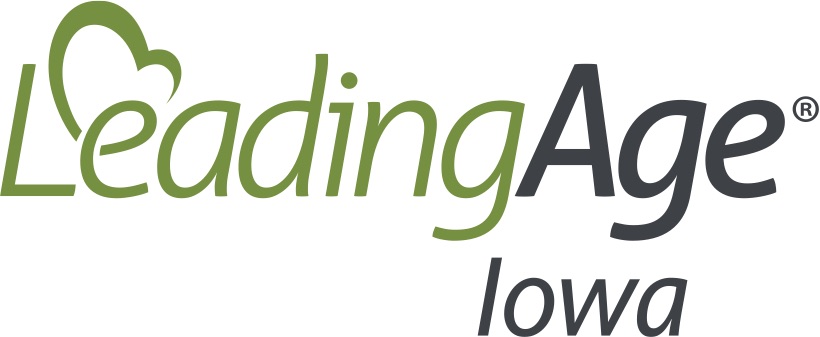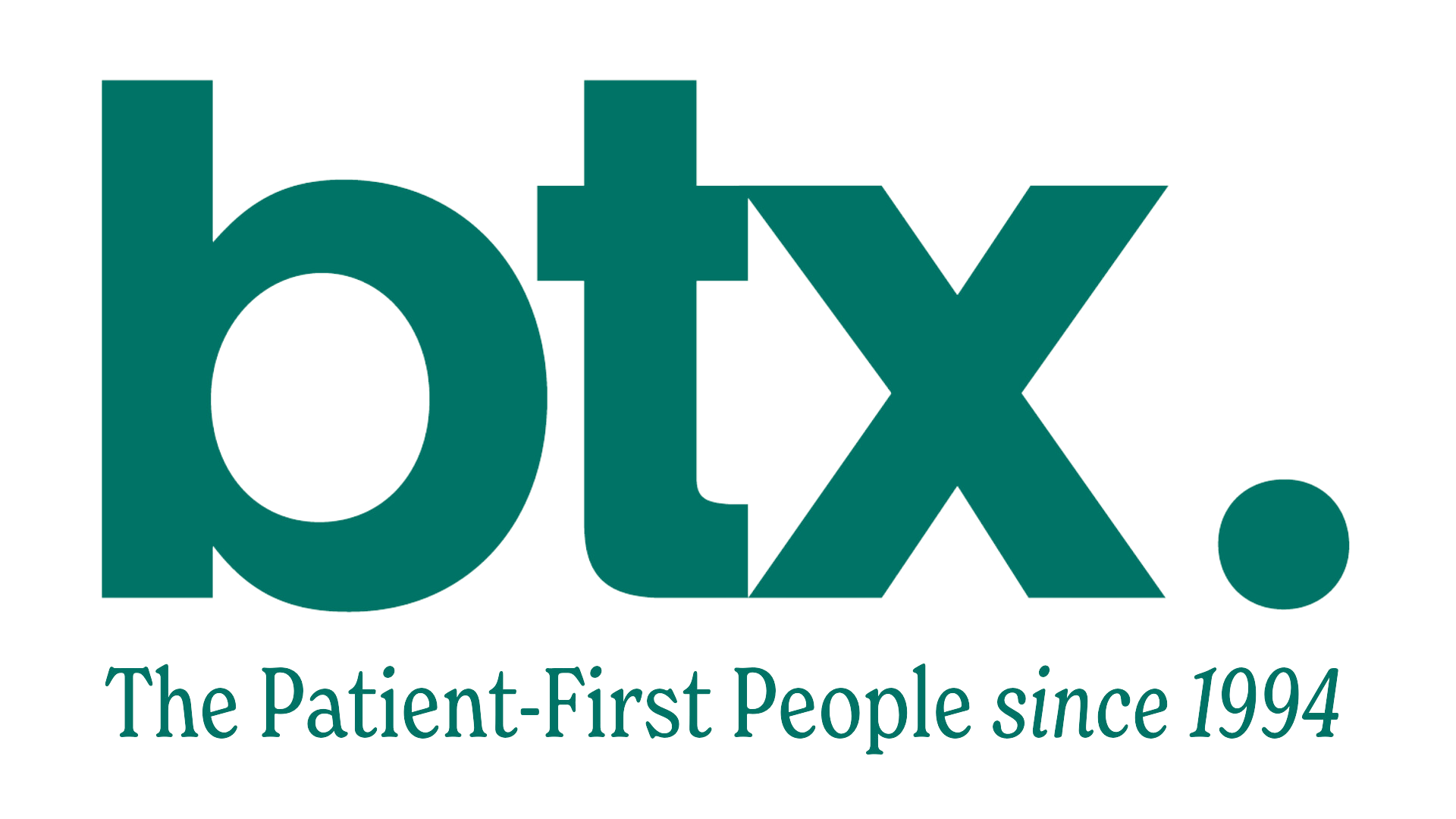|
Clinical Best Practice – Residents Who Smoke Many long-term care providers have transitioned to a non-smoking campus, however, F689 (Accidents, Hazards, Supervision, and Devices) is cited on occasion related to residents who smoke. In addition, smoking on campus is also a life safety code regulation that is cited nearly every month in at least one building. LeadingAge and Pathway Health developed a Resident Smoking Toolkit which will help all providers establish processes to maintain compliance related to resident smoking. As a reminder for compliance, long-term care providers who have a non-smoking campus should identify this in their pre-admission paperwork. If a resident is allowed to smoke at any point during their stay and the provider decides to transition to a non-smoking campus, residents who currently smoke should be grandfathered into the non-smoking policy (F561, self-determination). On admission, staff should determine if the resident smokes. If allowed on campus, the nursing home must conduct a resident assessment to determine if the resident is safe to independently smoke or if measures should be implemented to provide safety and supervision to the resident while they smoke, an example of a smoking assessment can be found here. This assessment may require interdisciplinary evaluations such as occupational therapy evaluation to determine if the resident’s dexterity allows for safe smoking. Based on the assessment results, the nursing home will implement measures, which must be included in the resident’s care plan. Interventions could include the use of a smoking apron to prevent any burns in the resident’s clothing and/or skin, supervision during smoking, and smoking in designated areas. The staff completing the evaluation should also determine where the resident’s smoking materials are stored. It is likely the best practice to have the resident’s smoking materials stored with a nurse to prevent any other residents from accessing the potentially hazardous materials. Resident’s who require the use of oxygen must not smoke while the oxygen is in use or near the resident for safety reasons. This assessment and review of the resident’s safety interventions should be periodically reviewed to determine ongoing safety interventions. At a minimum this should include during MDS completion (such as quarterly, significant changes, and annually). In addition, nurses should be educated to monitor for acute changes in resident condition that would warrant immediate reassessment for smoking safety. For example, upon admission the resident may be able to smoke independently, however, the resident develops a urinary tract infection which has led to confusion. The development of the UTI may lead to unsafe smoking practices, including the risk for elopement, and independent smoking must be reconsidered, at least until the resident’s UTI and cognitive changes have resolved and smoking reevaluation determines the resident is safe to smoke independently again. The use of electronic cigarettes and/or vaping devices must also be considered “smoking” and must be evaluated. Electronic cigarettes and vaping devices also carry risks to the individual resident as well as other residents in the building. Appendix PP F689 includes recommendations for a policy and procedures on E-cigarettes including where e-cigarettes can be used and how to handle the devices, batteries, and refill cartridges. K741 in the life safety code requirements pertains to smoking. In order to maintain a safe environment, providers that allow smoking on campus must provide a metal container with a self-closing lid to discard cigarette butts in. In addition, providers should monitor for smokers comingling discarded cigarette butts in the trash or trash into the cigarette butt receptacle. In addition, discarding cigarette butts onto the ground can also be a hazard, particularly in the dry weather conditions where grass or leaves could easily catch on fire. The Iowa Smoke Free Air Act also requires healthcare providers to post signage on the main entrance of the building as well as any vehicles that are owned by the healthcare provider. Appropriate signage can be ordered on the Smoke Free Air Act website. |













